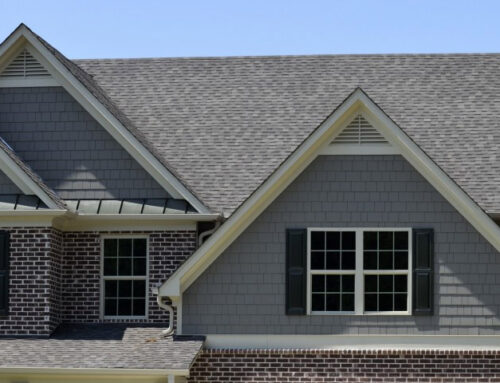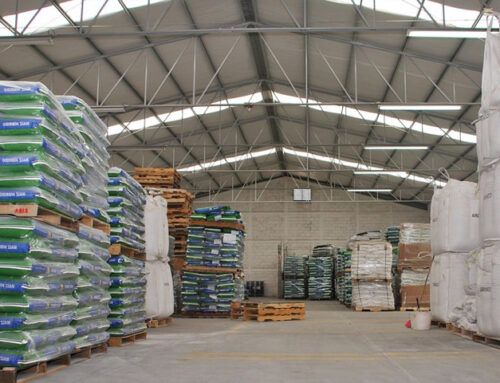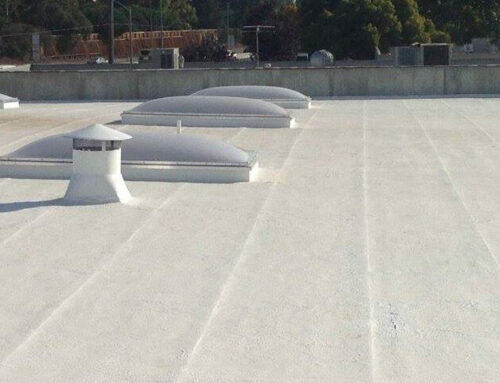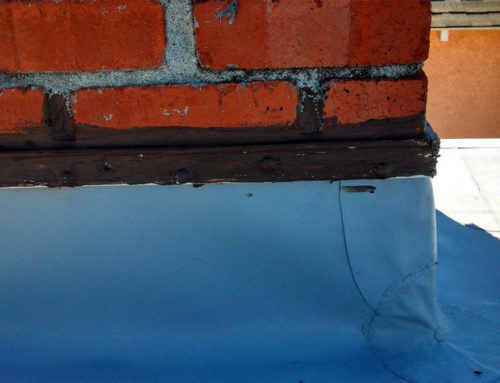The expensing rules for commercial roofs in 2020 have changed. If your business has purchased a new roof in the past, you may have had to write off the cost of the roof over several years, perhaps even 39 years. Many roofs need to be replaced a second time before this depreciation period was even over.
Now, changes to Section 179 of the IRS tax code allow a business to expense a whole new roof in the year that it purchased the roof. Not only does this save accountants everywhere a headache, but the changes also make it easier for businesses to get the new roof that their property needs. Other changes have been made to roof expensing rules that may further benefit your business. Here’s what you need to know.
Roof Expenses Now Cover Replacements
Previously only small roof repairs were a low enough in cost that they could be written off as one lump sum the year they were completed. So, many businesses chose to make constant small repairs instead of performing major repairs or outright replacing a roof that had reached the end of its life span.
Now the government is incentivizing businesses to purchase a new roof right away and reap the benefits immediately. For business owners and executives, this means less hassle with constant repairs and performance concerns, and less risk that a roof leak could damage property inside of the building.
Roof Expense Maximums Increased
Not only can you expense your entire roof in the year you purchase it, but you can also expense more of the cost of the roof. The new maximum for roof expensing is one million dollars. This amount began to increase with inflation last year in 2019, which means that in 2020 the maximum is even higher.
Of course, you can only write-off the total cost of your roof. However, if it was a million-dollar roof (which is possible on very large buildings, or with unusual roofing systems such as green roofs), you can write off that full amount. Thus, almost all businesses will be able to write off the total cost of their new roof.
Additionally, because the expense maximum is so high, businesses can more easily justify an investment in a higher-quality roof that will perform better for longer.
Limits on the New Roof Expense Rules
It is important to note that these changes to the expensing rules do not apply for residential buildings, including buildings on which you make a rental income. Landlords will not benefit from these expensing changes.
Also, it is always best to run your tax decisions by your accountant, as every business is subject to an expense limitation, which is typically 30% of its income. This depends on which system you are using, so only your accountant will know your precise limit. With the limit in mind, it may not always be in your best interests to claim your full roof.
However, for many people, the new roof expense rules are a breath of fresh air that will allow them to make better decisions for their property and business.
Time to Replace Your Building’s Roof?
Commerical roof replacement is one of our specialties, and we are fully prepared to handle your TPO, EPDM, Metacrylic, tile, shingle, or metal roofing needs. With free estimates and service throughout Santa Clara County, you have nothing to lose and everything to gain.
Learn more about our commercial re-roofing services or call now to schedule your free on-site estimate. With commercial roofing service in Palo Alto, Milpitas, Los Gatos, Saratoga, and beyond, help is never far away.







